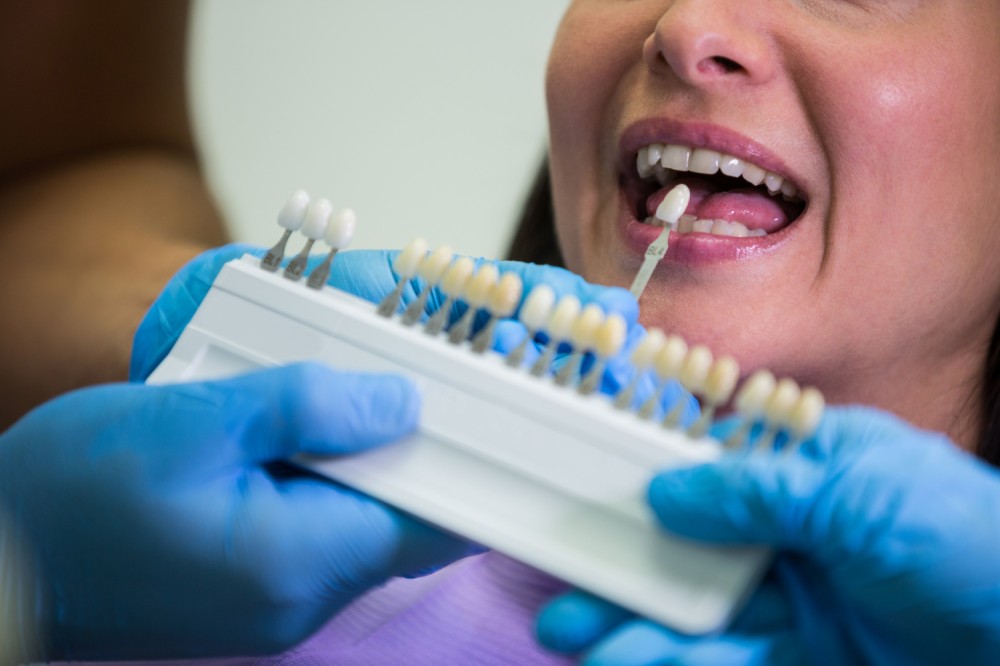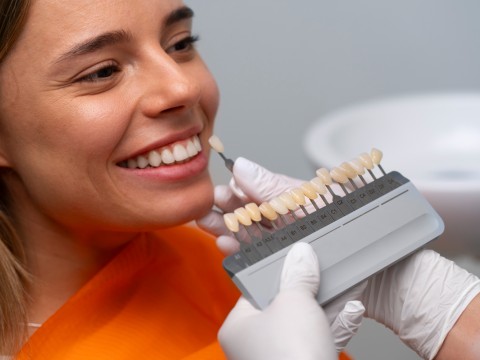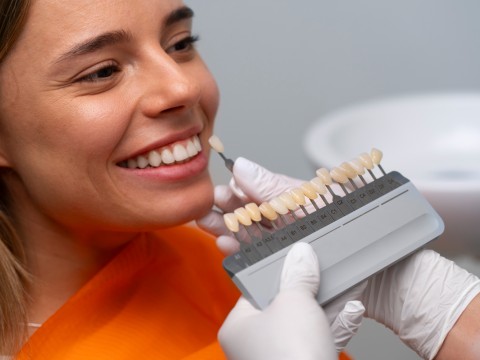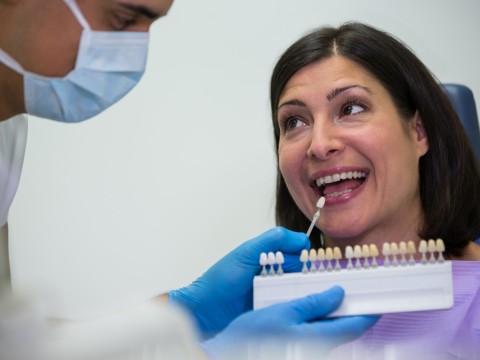Quote of Dent Akademi
What is a Zirconia Crown?
Zirconia crowns are one of the most famous solutions in dentistry when it comes to aesthetics and strength. In such types of crowns, a thin layer of zirconia is applied on the surface of the teeth to protect them, but it maintains its natural look. Zirconia is considered one of the strong ceramics in aesthetic purposes, with broad usage in dental restoration because of its natural appearance and durability.
Some of the significant advantages of zirconia crowns are aesthetic appeal and better color match compared to traditional metal-based crowns. In addition, zirconia crowns typically involve less tooth structure loss and are usually stronger, being functionally and aesthetically pleasing.
Advantages of Zirconia Crowns
At the same time, zirconia crowns have a number of advantages. Among them, the strength of such crowns is of primary importance. Zirconia is one of the hardest and strongest materials used in dentistry, which allows such types of crowns to survive for years without significant destruction. This is very important for people with high occlusal force in the mouth and for whom a large amount of denting is required.
Another strong point is aesthetic appearance. Zirconia crowns provide the same color and light-transmitting properties as natural teeth, thus giving a perfect look. Moreover, because there are no metal alloys in a zirconia crown, it minimizes allergic reactions and perfectly fits gum tissues.
How Is a Zirconia Crown Applied?
Application of zirconia crowns is a process that usually requires several steps. First, your dentist examines your teeth in great detail and decides how the crowns are to be applied. Measurements of the teeth are taken and then the shape and color of the zirconia crowns are determined. Then a thin layer of zirconia is placed over your teeth.
This process generally takes several visits. In your initial visit, your teeth are prepared, and temporary crowns are affixed. In the follow-up visit, permanent crowns made from zirconia are fitted. Minor adjustments might be necessary to attain a good fit.
Zirconia Crowns versus Metal Crowns
The major differences between zirconia crowns and metal crowns come in terms of aesthetics and comfort. Compared to zirconia, metal crowns are less attractive because they will usually develop a gray discoloration along the gum line. The completely white coloring of a zirconia crown provides a better complement to the natural color of teeth.
Also, the metal crowns are thicker and bulkier and may turn out to be uncomfortable for the patient. The zirconia crown is thin and light hence offering great comfortable fits than other crowns. They have good matching with gum tissues thereby offering a lower risk of allergic reactions from occurring in gingiva tissues than metal crowns.
Side Effects of Zirconia Crowns
Generally speaking, there are no serious side effects or harm caused by the application of zirconia crowns. Immediately after their application, though, some patients experience sensitivity or temporary discomfort in the gum area. These hardly last longer than a few days.
Dental Care following the Application of Zirconia Crowns
For zirconia crowns to last, proper care needs to be taken care of. Regular brushing and flossing will always keep the crowns clean and healthy. Avoiding hard foods and making regular visits to your dentist for follow-ups may be mantras to extended life for your crowns.
- All on 4 Implant
- All on 6 Implant
- Amalgam Fillings
- Bone Graft
- Composit Filling
- Composite Bonding
- Dental Cleaning
- Dental Crowns
- Dental Filler
- Dental Implant
- Dental Veneers
- Denture Repair
- Detertraj (tooth stone cleaning)
- E-Max Veneer
- Endodontics
- General Dentistry
- Gingivectomy
- Gum Disease Treatment
- Gum Lift
- Hollywood Smile
- Health Insurance
-
Accommodation

- Health Insurance
-
Accommodation
 Private
Private
- Health Insurance
No suitable hotel found for the relevant dates!
* Price varies depending on extra and upgrade selections.
Zirconium dental coating is a process where zirconium material is applied to the surfaces of teeth. Such coatings are also known as crown crowns or simply crowns. They are commonly preferred for restoring decayed teeth. However, they are also widely used for individuals seeking an aesthetic smile and white teeth. They can be applied to both front and back teeth. While providing an aesthetically pleasing appearance when applied to front teeth, they play a significant role in durability when used on back teeth.
A zirconia crown does not contain any metal material, thus does not cause any allergic reactions.
The size of the teeth is slightly reduced, and after the gum is brought to a healthy shape, a measurement is taken using special measurement materials and mouth-appropriate trays. In the laboratory, a zirconium infrastructure is created in the most suitable color for the tooth, and a porcelain superstructure is made on it. It is then adjusted to fit the mouth in the clinical setting. Finally, the tooth is securely and permanently placed using special adhesives.
The cutting of the teeth is performed with local anesthesia application, and then a temporary coating matching the tone of the tooth is applied to prevent sensitivity to hot and cold. In rare cases, mild sensitivity may be felt. After the trials, the process is completed painlessly by permanently bonding the teeth.




